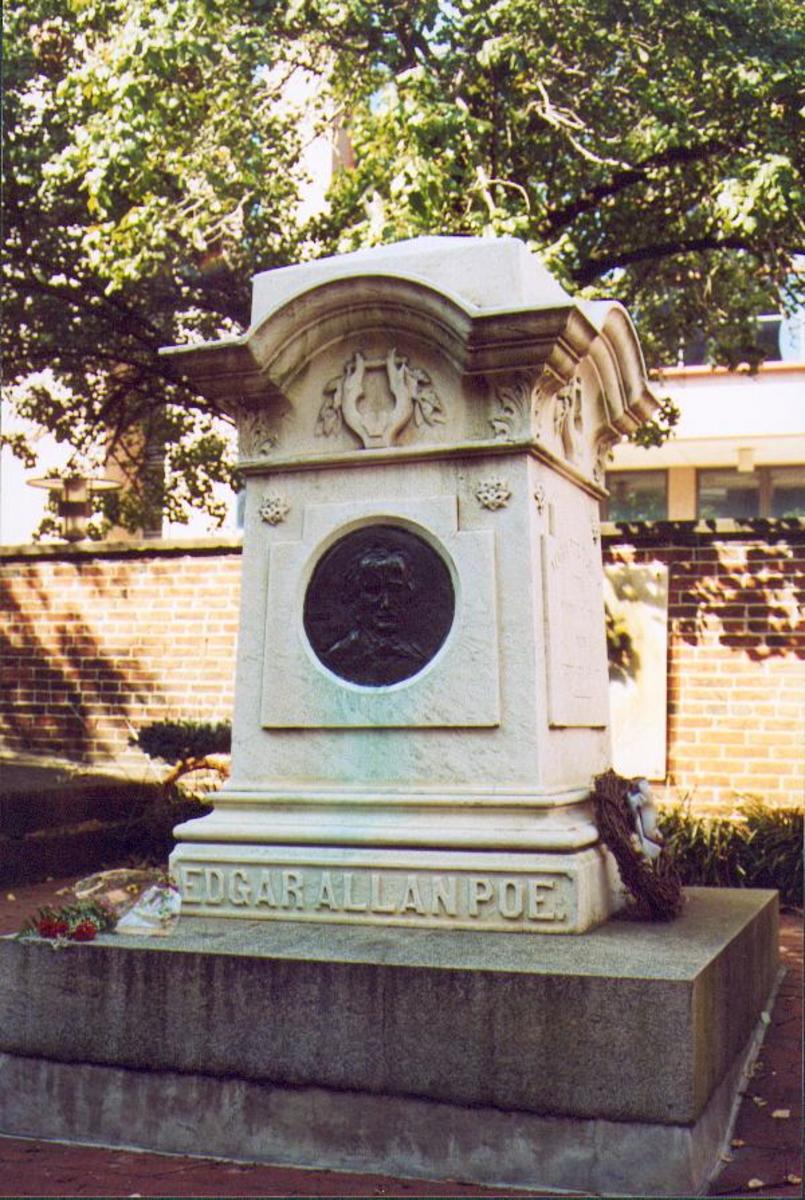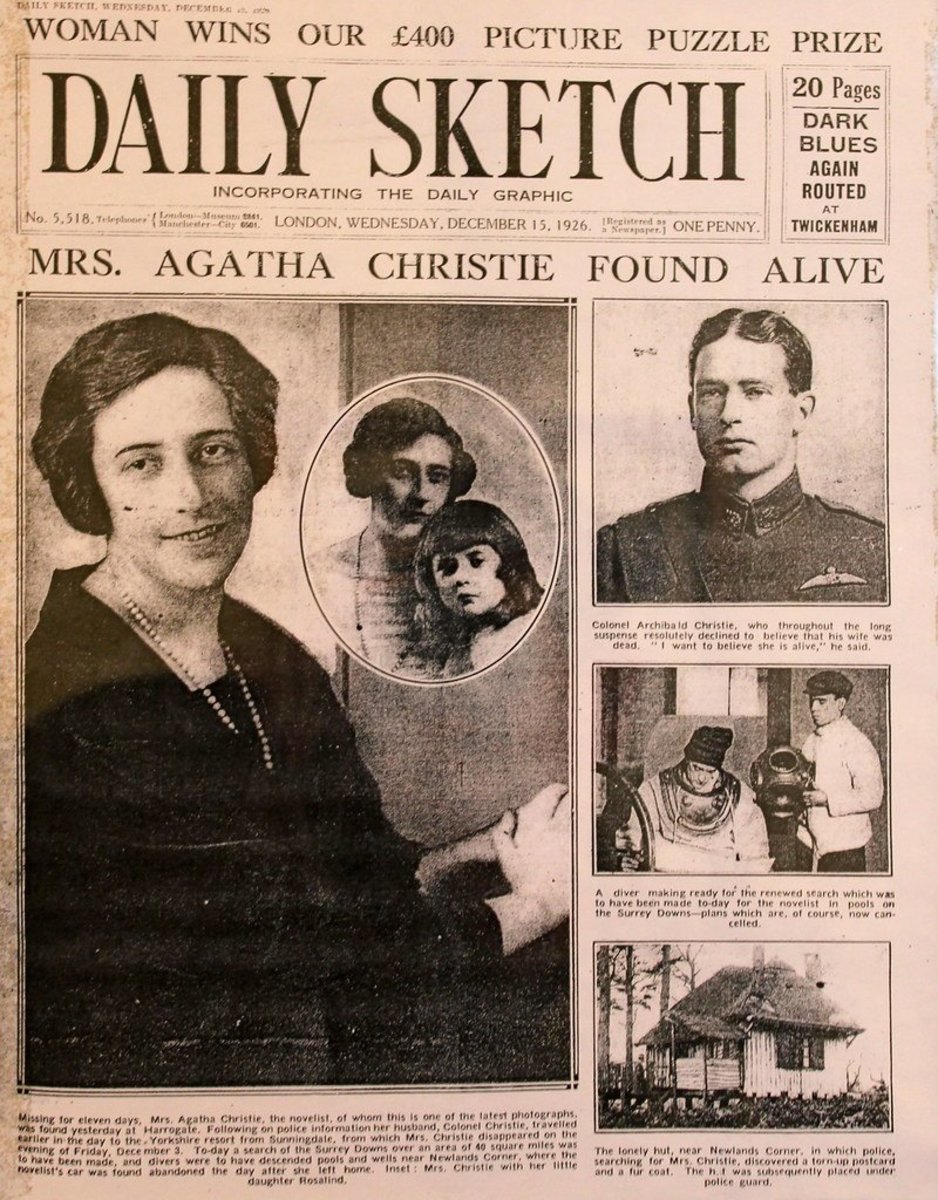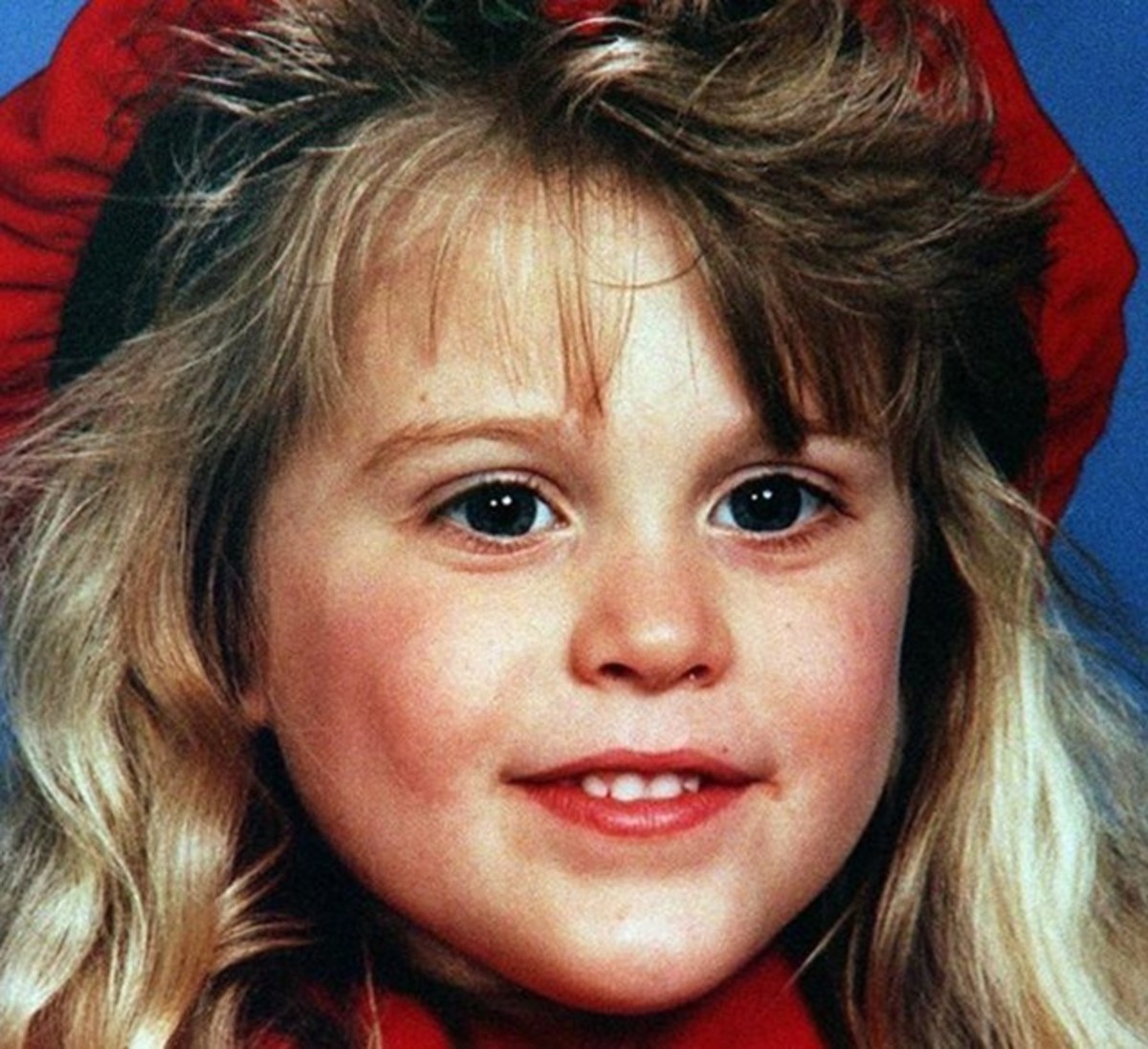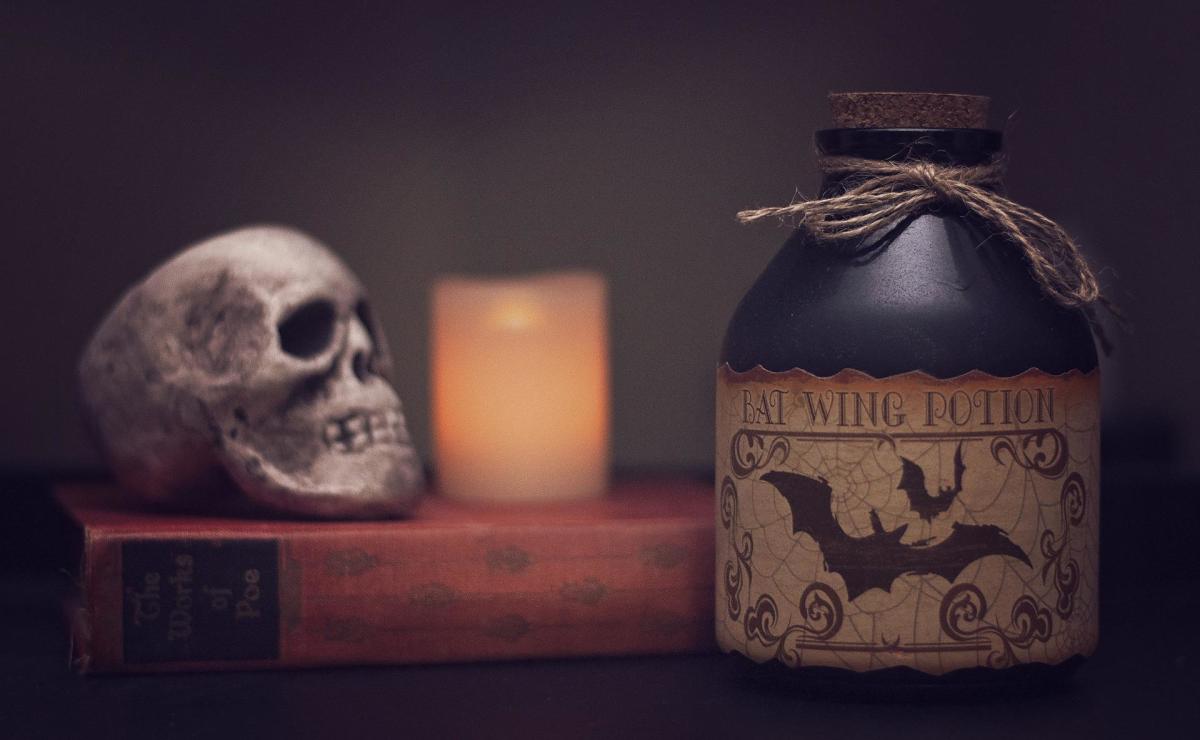Agatha Christie's Greatest Mystery - Mystery Files
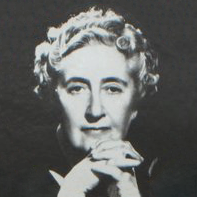
On Friday, December 3rd 1926, Agatha Christie, one of the greatest mystery writers of all time, creator of such legendary detectives as Poirot and Miss Marple, became the subject of a real-life mystery of her own; A mystery that rivalled anything she had written and one that remains unsolved to this day.
It was 9.45pm on a cold wintery night in 1926. Agatha Christie entered her daughter Rosalind's bedroom, kissed the sleeping child, then walked out of Styles, her Berkshire home, dressed only in a grey cardigan, green knitted skirt and a velour hat, and just... disappeared.
The mystery continued the next morning when Christie's car, a two seater Morris Cowley, was found half a mile away at Newlands Corner near Guildford. The ignition had been left on, the handbrake was off and the cars front wheels were teetering over the edge of a deep and cavernous chalk pit - The car was empty and Agatha Christie was nowhere to be seen.
Was This Agatha Christie?
For the next 11 days, speculation in the UK press was to run rife - Where was Agatha Christie?. Theories abounded - Suicide, Murder - Kidnap? All the elements of a classic whodunnit mystery seemed to be present. It was suggested that she may have drowned herself in a nearby spring known as "The Silent Pool" where a young girl and her brother met their deaths. Others believed that the clues pointed to murder by Agatha Christie's adulterous husband, former WW1 Fighter Pilot Archie Christie, whilst many believed that the whole thing was just a publicity stunt.
The police mounted a nationwide hunt for the missing novelist but at first little headway was made. The newspapers continued their speculations into the mystery - so much so that William Joynson-Hicks, the incumbent UK Home Secretary, applied pressure to the police to produce results quickly.
Other celebrated crime writers were drawn into the enigma. Sir Arthur Connan Doyle, the creator of Sherlock Holmes persued an occult solution by taking one of Christies gloves to a spiritualist Medium. Dorothy L. Sayers, creator of the Lord Peter Wimsey series also visited the scene of the disappearance (an event that Agatha Christie later used in her mystery novel "Unnatural Death).
Eleven days later, on December the 14th, the UK press announced that the search for Agatha Christie was over. She had been found alive and well, but the mystery was by no means solved - the circumstances created more questions than they answered. She had been discovered hundreds of miles from her home in Harrogate in Yorkshire. Staff at the Harrogate Hydro Hotel had noticed that a guest staying there, under the name of "Theresa Neele" bore a remarkable resemblance to a newspaper photograph of the missing mystery-writer Agatha Christie.
Christies husband Archibald was brought up to the hotel where he positively identified his wife. When he first saw her she was sitting outside the hotel dining room, reading a newspaper report of her own disappearance. According to the hotel manager, when the authoress was approached, she seemed dazed and confused. Her husband reported that she did not know who she was or where she was. She was taken home and examined by Doctors who believed that she was suffering from some sort of amnesia.
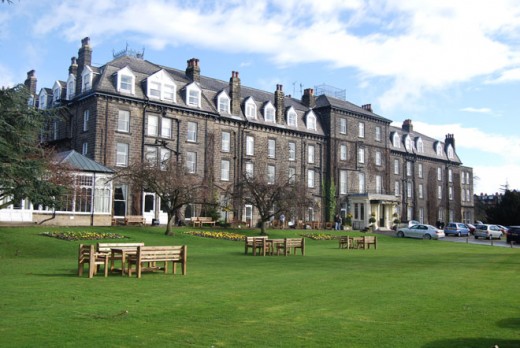
A Real - Life Mystery
So what had happened during those eleven days? Agatha Christie herself always claimed that she had no recollection whatever, of how she came to be in a Spa Hotel in Yorkshire. Not even her autobiography makes any direct reference to the incident. The book does allude however, to the fact that she was undergoing a terrifically traumatic period during the time of the incident in 1926.
She wrote of this time "As so often in life, when one thing goes wrong, everything goes wrong". During this period, her Mother died. Although she was feeling depressed and run down, she took on the mammoth task of clearing out her mothers cluttered house - a task which reduced her to a state of near exhaustion. Then her husband dropped the bombshell that he wanted a divorce because he had fallen in love with another woman.
This final shocking news seems to be the trigger that tipped Agatha Christie over the edge. What state of mind she was in can only be guessed at, for she was living under the assumed name of Neele - the same name as that of her husbands mistress.
Another mystery concerns three letters that Agatha Christie wrote at the time of her disappearance. Two of the letters had been left behind - One for her secretary and one for her husband. The third letter was received by her brother-in-law through the post a few days later. Her husband and Brother-in-law both destroyed their letters, but her secretary, sealed her letter in an envelope and sent it to the police with instructions that it only be opened in the case of an inquest - It never was. The contents of all three letters remain a mystery to this day.
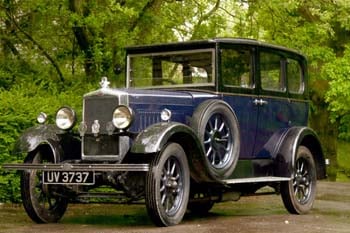
What Really Happened?
What really went on? Did Agatha Christie drive to the chalk pit in a suicide attempt, crash her car, and stagger away dazed after the plan had failed? Did she carefully create the whole thing to publicly humilliate her husband, and thwart his plans to have a weekend away with his mistress in a house near to where she had abandoned her car? - Was it, more sinisterly, an attempt to implicate her husband in a murder investigation?
A new theory has emerged recently from Author Andrew Norman, a former Doctor. In his book "The Finished Portrait" he explains his suspicion that Agatha Christie may have been suffering from a psychogenic trance. This is a rare deluded condition, more commonly known as a "Fugue State" which can be precipitated by trauma and depression. It has been suggested that this is the same condition which caused Actor and Writer Stephen Fry to suddenly disappear in 1995 without leaving word with family or friends, only to be discovered some time later in Bruges, France.
In his book on the mystery, Norman says that her creation of the alter-ego "Teresa Neele", combined with her inability to recognise herself from the photographs in the newspapers were signs that she was indeed suffering with psychogenic amnesia following depression. He believes that Agatha Christie was in an extremely low mood, and at the time of the incident, suicidal.
Norman says"Her state of mind was very low and she writes about it later through the character Celia in her autobiographical novel "Unfinished Portrait".
The divorce went ahead in 1928 but in 1930 she got married again to Sir Max Mallowan, an archaeologist. Agatha Christie never again discussed the mystery of her disappearance, and continued to shun publicity right up to her death in 1976.
The mystery of her disappearance went with her to the grave.



Some other Hubs by the same Author
- My Local Serial Killer - Peter Moore
Peter Moore was regarded by the parents as a kindly local businessman who was trying to pump life back into a number of cinemas which he owned in North Wales. These were not modern Multi-Plex theatres, but the old-fashioned "Flea pit" type of Picture - The Mystery of the Voynich Manuscript
Most of the purchases were pretty standard fare for those who deal in antiquarian books and documents, but as he sorted through the manuscripts, Voynich noticed one particular book which was very unusual - very unusual indeed! - My Local Werewolf - The Legend of the Welsh Werewolf
The countryside is dark, bleak and lonely. What little light there is emanates from the full moon. Tinged with a strange blood-red hue, it hovers above the horizon. The mournful sound of howling echoes across the still night air sending a chill throu - The strange tale of the Black Knight Satellite - UFO?
It was not, however, a Soviet satellite. In fact, they too had detected the satellite, and they too were also in a blind panic. Like their American counterparts, they were still years away from performing such feats. The Americans dubbed the satellit


